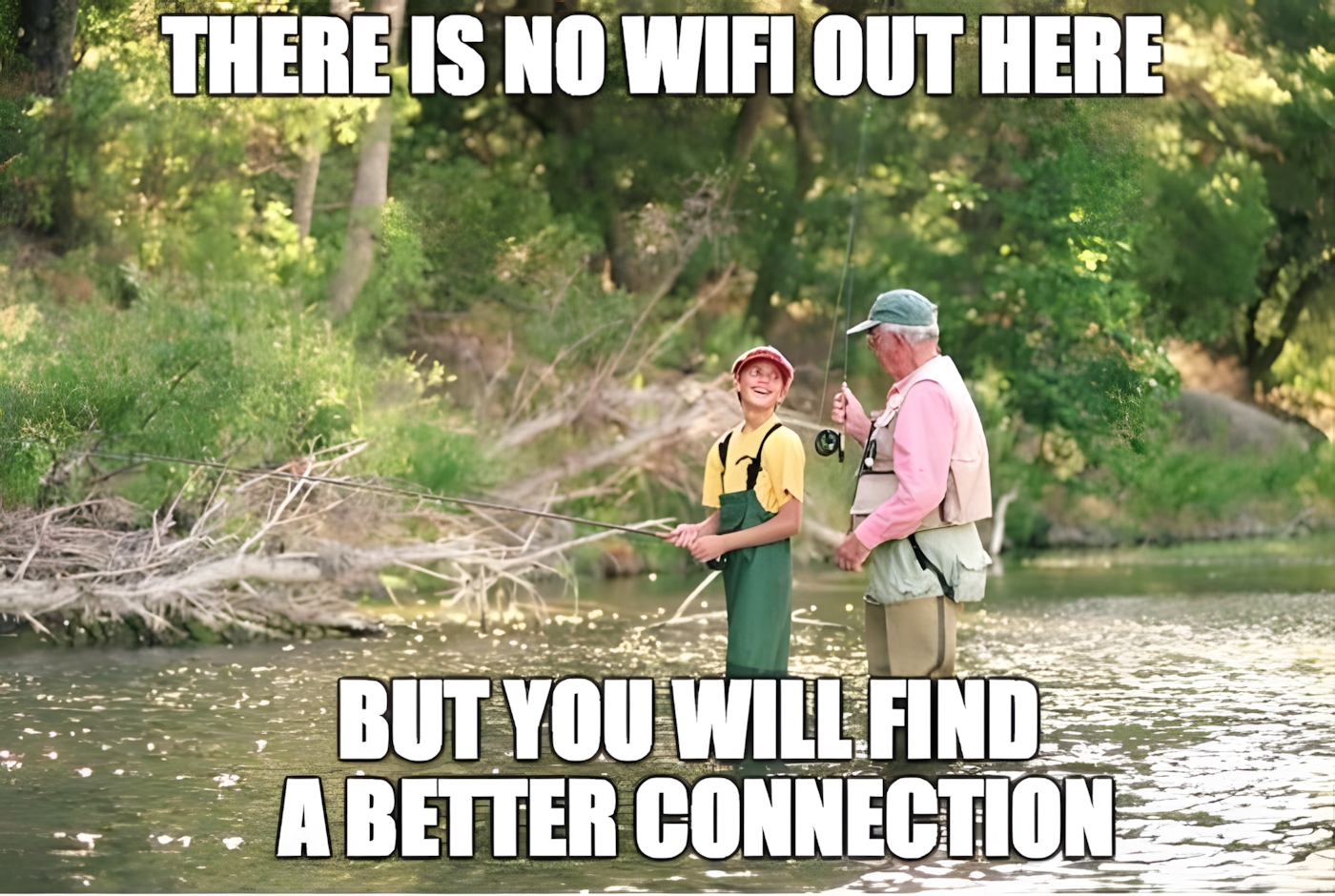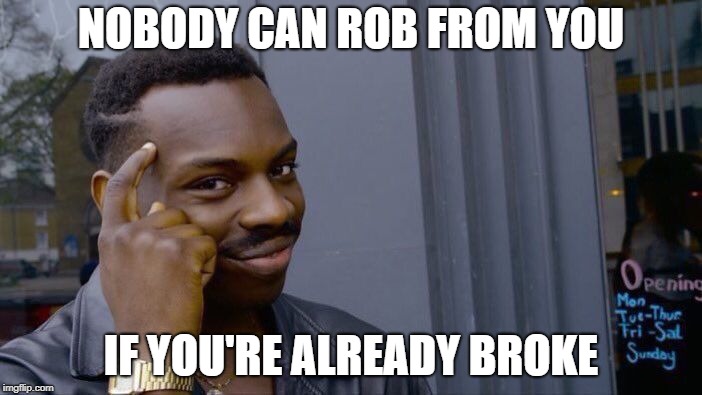I love the Star Wars movies. I also love Star Wars games. So for today, I thought I’d round off my top five Star Wars games, in no particular order. Ranking great Star Wars games are like ranking your kids, you just can’t pick a favourite. For today, we’ll look at KOTOR and TIE Fighter.
Knights of the Old Republic (2003, Xbox/PC/Mac)
KOTOR is perhaps the best Star Wars game ever made, period. It just has that timeless quality to it that so few games have, especially today. It’s a role playing game, following the d20 system set forth in the original Wizards of the Coast Star Wars Role Playing Game. KOTOR was developed by Calgary based BioWare (who are well known for their RPGs) and first appeared in 2003 on the original Xbox, then in 2004 on Windows. Even if you have the Xbox version, buy the Windows one. It’s worth it since the high definition graphics and surround sound add a great deal to the experience.
KOTOR is well known for being an epic game, much like the Zelda games are. Everything in it is big, and the game follows a powerful story. When the game begins, you get to customize your character. You select your class: soldier, scout, or scoundrel. You can then select sex and appearance. In Star Wars lore, your character is canonically male for this game. You can then customize further by selecting your character’s name, attributes, skills, and feats. KOTOR is endlessly customizable. Like most RPGs, you gain experience points throughout the game which you can use to “level up” to a maximum of Level 20.
The story is an epic one. The game takes place 4000 years before A New Hope. You visit several worlds: Taris, Danooine, Tatooine, Kashyyyk, Manaan, Korriban, and Lehon. The goal is to uncover the location of a mysterious weapon fueled by dark side power.You begin on a ship called the Endar Spire, which is being attacked by the Sith over the planet Taris. The Endar Spire is the tutorial level. KOTOR does a good job at explaining how to play the game, in game, following the story. Once you escape from the Endar Spire, you and the ship’s commander Carth Onasi crash land on Taris where you must search for the missing Jedi Bastila Shan. On your way, you add other characters to your party. There are nine NPCs in total. Carth of course is one of them. Later on, you add Bastila, Twi’lek street kid Mission Vao, Zalbaar her Wookie friend, Mandalorian bounty hunter Canderous Ordo, redeemed Cathar Jedi padawan Juhani, astromech droid T3-M4, grey Jedi Jolee Bindo, and the blood thirsty assassin droid HK-47. All NPCs are fully customizable and have their own special skills and classes. Later on in the game, some characters will have the ability to add and use force powers. They work in the same way as other Star Wars games, with a force meter. Combat is semi-automated. The computer controls the character unlike some other RPGs like Oblivion, where you do the fighting. However, you get to select which feat or force power your character will use in their attack. Combat is turn based, modified by your attributes. You can fight with melee weapons such as vibroswords and lightsabers (if your character is a force user) and ranged weapons such as blasters. There are hundreds of different weapons and armours to choose from. Some can even be upgraded at a workbench to make them stronger. Various grenades and mines can also be used in combat. Aside from that, there are various gloves, belts, headgear, portable shields, and cybernetic implants your character can use depending on their skills and attributes. Each provides a different bonus such as increasing dexterity, or allowing you to use stealth.
KOTOR is one of the few games out there that you can play over and over again and always find something new. It has strong replay value because of that, coupled with the excellent story. The graphics are stunning, even for today. KOTOR also has a strong musical score, which is 90-95% original, unlike many other Star Wars games which just recycle the music from the movies. As I said, it’s probably the best Star Wars game to date.
KOTOR did spawn at least one sequel, known as The Sith Lords, which is worth talking about. It added some new game play features and is definitely worth looking at. The story takes place five years after the first game. In this game, your character is one of the Jedi who followed Revan from the first game to war. The Jedi was exiled from the order when she returned to face judgment. In TSL, your PC is canonically female but you can play as male. The plot surrounds around you lossing your connection to the Force and slowly rebuilding it as the game progresses. Unlike the first game, you can use force powers fairly early on, and there’s more powers and feats to choose from. Your character classes are either Jedi Guardian, Jedi Sentinel, or Jedi Consular, which you select when you customize your character. T3, HK-47, Bastila, and Carth return in the game but only the two droids are party NPCs. A host of new NPCs include Jedi Master Kreia, smuggler Atton Rand, Zabrak mechanic Bao-Dur and his remote droid, dark Jedi Visas Marr, the mysterious droid G0-T0, bounty hunter Mira, evil Wookie slaver Hanharr, the disciple Mical, and the Handmaiden. Not all will join your party. You’ll only get Mira if you’re light side while Hanharr only joins dark side characters. Mical joins your party for female PCs while male ones get the Handmaiden. The game adds a new character building dimension by adding influence. Your actions and words can influence how your characters think of you, and also effect their light side/dark side alignment. Some of the NPCs can become either Jedi or Sith depending on your alignment and influence with them.
Weapons and armours have also changed somewhat. The Jedi and Sith robes in the game fit the style seen in the movies more. There’s also a greater variety of armours and weapons to choose from. Lightsaber combat has improved by allowing you to learn up to seven saber forms: Shi-Cho, Soresu, Makashi, Shien, Ataru, Niman/Jar Kai, and Juyo. Each has strengths and weaknesses. Soresu and Shien are best for deflecting blaster fire, Shi-Cho and Niman are jack-of-all-trades forms, while Ataru and Juyo are aggressive melee forms, and Makashi is best against force wielding opponents. Like in the first game, weapons, armours, and lightsabers can be upgraded at a work bench. There’s more upgrade options to choose from in TSL. You can also use a work bench or lab station to build upgrades, power-ups, and weapons out of components you find.
The games production values are not as good as the first game though due to time constraints put on the developers by LucasArts. The only major issue is a huge amount of content that had to be cut in order to meet the release deadline. There are significant plot holes in the game due to this. However, a lot of the cut content was included on the game CDs in raw form. Team Gizka, a group of modders, has been working on restoring the cut content through The Sith Lords Restoration Project. They are close to finishing but refuse to set a release date. You can check on their progress on YouTube. TSL was made by Obsidian rather than BioWare, who recommended them. The game is still pretty good and nearly matches the first KOTOR despite its flaws. It too has an original musical score and strong replay value. There are rumors about a KOTOR 3 is in the works. Developers and LucasArts aren’t commenting, which is usually a good sign. In my opinion, it would be a great crime if LucasArts did not release a KotOR 3. The Sith Lords just left so many unanswered questions and cliff hangars in the same way Empire Strikes Back did for the original trilogy. It would be a great tragedy to never find out what happened to Revan and the Exile.
TIE Fighter (1994, PC/Mac)
It’s rare that a sequel can live up to its original. That’s especially true is the original set the bar high, as KOTOR did above. Back in the 1983, Atari released Star Wars, an arcade game which used vector graphics to mimic 3D flight. The goal was to pilot an X-Wing and destroy the Death Star. Ten years later, LucasArts released X-Wing, which brought the arcade game to home PC. It too had a mission to destroy the Death Star, but expanded it with more missions, three more craft, true 3D graphics, and free flight. The developer was Totally Games and the story was written by Lawrence Holland, who would work on the rest of the series. X-Wing had it’s problems though. According to Gamespot, it was ridiculously hard. I agree. Even in invulnerability mode, the game is extremely difficult.
In 1994, the space sim genera changed with TIE Fighter. It was one of the first Star Wars games where you actually played as the bad guys. TIE Fighter is certainly easier than X-Wing, but not so easy as it were to be dull. Improvements included better graphics, a full 3D Combat MultiView Display (which actually tells you stuff unlike the X-Wing one), enhanced missions with primary, secondary, and secret goals, and a strong storyline. You get the full line of Imperial star fighters too. If you happen to be a Star Wars fleet junkie, you’d love TIE fighter since it offered a whole host of new ships, such as the infamous TIE Defender and Missile Boat. Aside from that, you get the standard fare such as the classic TIE Fighter, the TIE Bomber, the TIE Interceptor, the TIE Avenger (aka Advanced), and the Star Wing (aka Assault Gunboat). Each have their strengths and weaknesses. Unlike the Rebels, the first three craft don’t even have shields or heavy armour to protect you. There’s little margin for error. On top of that, you have to optimize your power settings.
The missions are well structured, ranging from defense of an outpost, escort, bombing, hit and run, etc. The briefings give you good descriptions and tips with full voice over. The game’s story isn’t what you’d expect. The Empire is never portrayed as evil. In fact, the Rebels are painted as terrorists in the game. Actually, you don’t spend too much time fighting rebels. The gave adds new dimensions such as ending a civil war, fighting pirates, and even defeating a rouge Imperial admiral. The game has no weaknesses and it takes you back to a time when games were just fun. The original had an expansion pack, but most will be familiar with the 1995 Collectors edition which included the expansion.
TIE Fighter spawned two sequels. X-Wing vs TIE Fighter was a multiplayer game. It was essentially identical to TIE Fighter in mechanics, but added texture skins to the craft. It also added the improved cockpits to rebel craft. However, it lacked a story outside the brief Balance of Power expansion. It was geared towards online gameplay. In 1998, LucasArts released a collectors edition which included X-Wing and TIE Fighter and their expansions with the updated XvsT graphics. The games were identical in every other way though. Another sequel, X-Wing Alliance, put you back as the Rebels, but during the post-Hoth era. It is in many ways TIE Fighter’s equal, further improving on things and adding a gaggle of craft, as well as better graphics and 3D virtual cockpits. Alliance still remains somewhat popular eight years after it’s release. It’s rather unfortunate that LucasArts didn’t add anymore games to the series. It would be interesting to see where the games would have gone considering the power of today’s computers.




